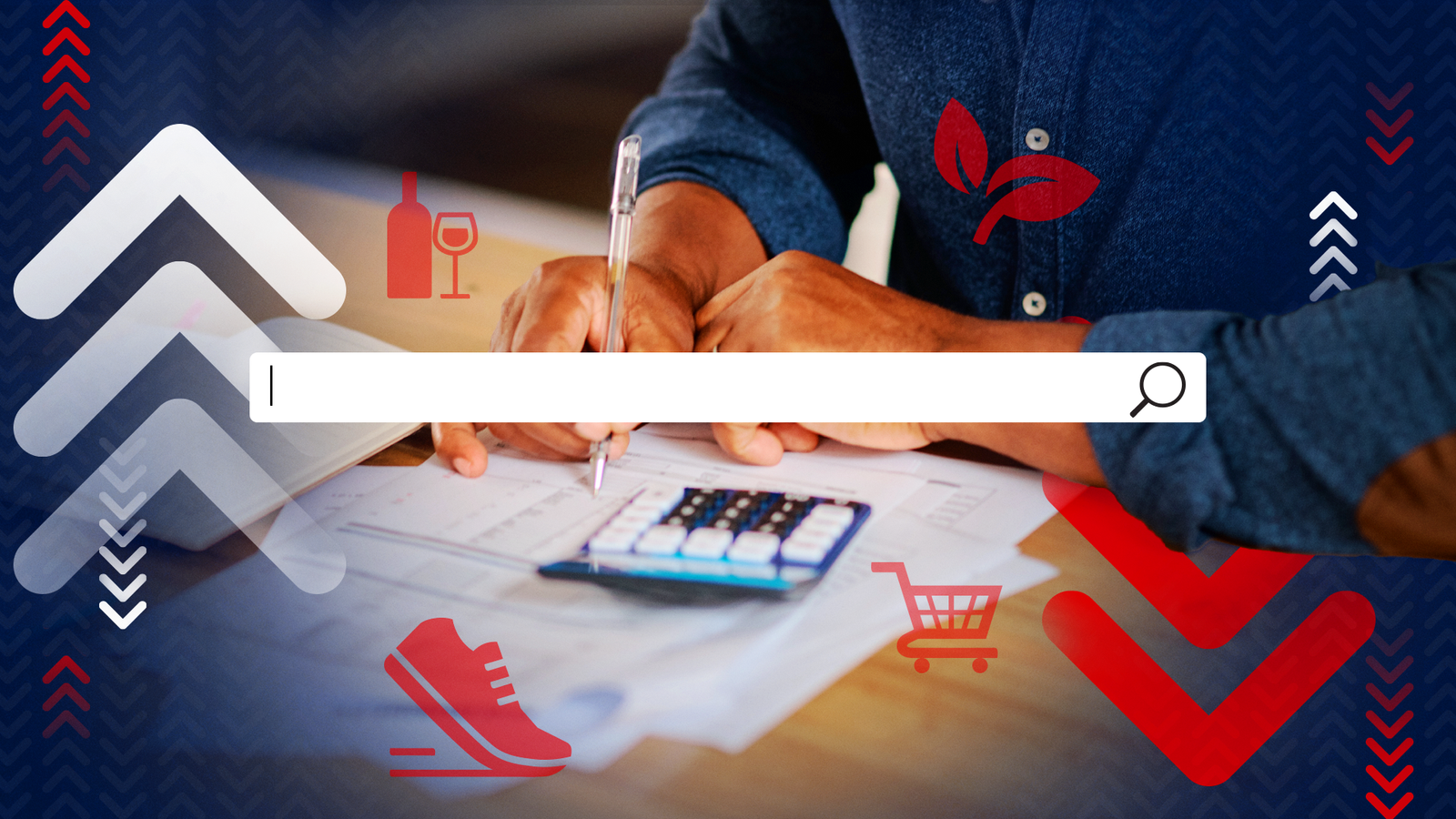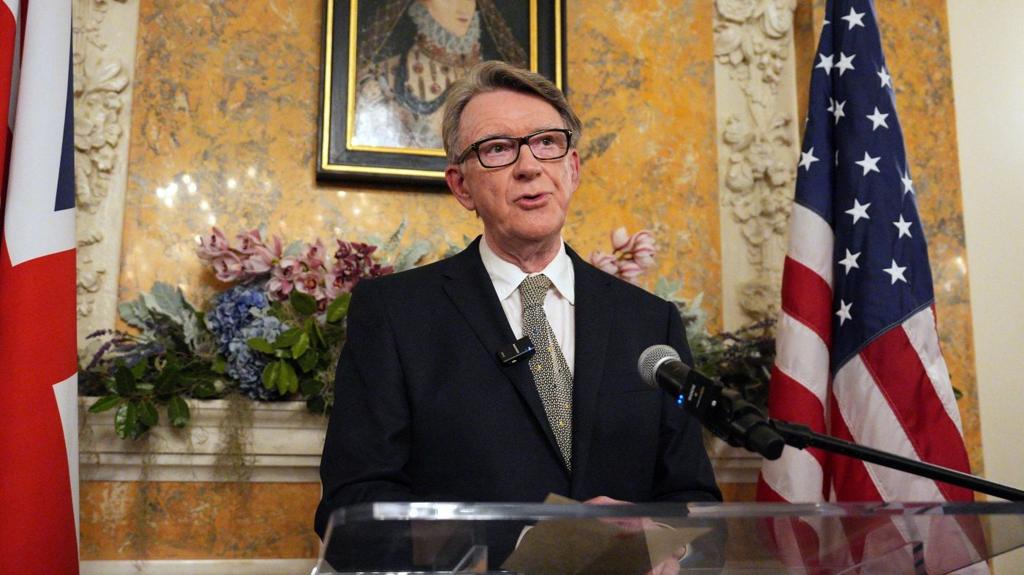Spending calculator: Which prices are rising and falling fastest?
Inflation hit the highest level in 10 months at 3% in January.

This is up from 2.5% in December and is higher than the 2.8% that had been forecast by economists.
But how does all of this affect the cost of groceries, clothing and leisure activities? Use our calculator to find out.
Which prices are increasing fastest?
A large chocolate bar was the item with the largest price increase, with prices rising by a quarter from £1.75 to £2.19.
An iceberg lettuce has gone up by more than a fifth from 80p to 98p.
Food and drink products are responsible for eight of the 10 biggest increases since last year.
Top five price rises:
- Large chocolate bar: up 25%, £1.75 to £2.19
- Iceberg lettuce (each): up 22%, 80p to 98p
- Instant coffee (90-100g): up 21%, £3.16 to £3.83
- White potatoes (per kg): up 20%, 74p to 89p
- Spreadable butter (500g): up 19%, £3.88 to £4.60
Overall, 139 of the 156 types of food and drink tracked by the ONS have actually become cheaper since last year.
People aiming to hit their protein goals have a reason to celebrate, protein powder (900g-2kg) is down 12%, from £29.19 to £25.69. Other protein-rich foods, like pulses and peanut butter, have fallen by 11% and 9% respectively.
Overall, 131 out of the 444 products in our database are cheaper than they were 12 months ago.
Top food price decreases:
- Protein powder (900g-2kg): down 12%, £29.19 to £25.69
- Pulses (390g-420g): down 11%, 74p to 66p
- Peanut butter (225g-350g): down 9%, £2.16 to £1.96
- Canned tomatoes (390g-400g): down 6%, 68p to 64p
- Honey (340g-454g): down 5%, £2.23 to £2.12
Parents might get a break this half-term - not just from the school run, but from prices too. A primary school meal has seen the biggest price drop among non-supermarket items, falling by 17%.
What is the effect of long-term inflation?
The price changes described above compare the cost of items to where they were a year ago.
However, inflation has now been at high levels for an extended period of time.
The war in Ukraine, COVID, Brexit, and other supply chain pressures have all contributed to spiralling costs in recent years.
Inflation reached a 40-year high of 11.1% in October 2022.
While the headline inflation figure has come down markedly, any amount of inflation means that prices are still rising, and building on already inflated costs.
We've compared the costs of shopping items with what they were three years ago to see what the cumulative impact of inflation has been.
The biggest price rise for groceries over that time has been for olive oil (500ml to one litre), which has more than doubled from £3.73 to £8.73 in the past three years - an increase of 134%.
The price of an iceberg lettuce is up by three-quarters, with one costing 98p now compared with 56p in January 2022.
Who is worst affected?
Richard Lim, chief executive of Retail Economics, says: "It's the least affluent households that are going to see much higher rates of inflation as they spend more of their income on food and energy."
We'll continue to update our spending calculator over the coming months so you can see how you'll be affected.
Methodology
The ONS collects these prices by visiting thousands of shops across the country and noting down the prices of specific items. There are upwards of 100,000 prices published every month, from more than 600 products.
The items that form the "official shopping basket" change each year to reflect how the purchasing habits of the population have changed. For example in March 2021, after a year of the pandemic, hand gel, loungewear bottoms and dumbbells were added, while canteen-bought sandwiches were among the items removed.
Where there aren't the exact equivalent items available at a survey shop, ONS officials pick the best alternative and note that they've done this so it's weighted correctly when the averages are worked out.
Shops are weighted as well, so the price in a major chain supermarket will have a greater impact on the average than an independent corner shop.
We will be updating these figures each month while the cost of living crisis continues.
During the pandemic, more of the survey was carried out over the phone and work is ongoing to digitise the system to be able to take in more price points by getting data from supermarket receipts, rather than making personal visits.
-SKY NEWS







